The rapid expansion of blockchain technology has sparked immense interest in altcoins, offering developers opportunities to create innovative digital assets beyond Bitcoin and Ethereum. However, creating a successful altcoin requires more than just launching a new token. Security and scalability remain the two most critical pillars for any cryptocurrency project aiming for long-term adoption and trust. Without robust security measures, your altcoin could become an easy target for hacks, fraud, or exploits. Similarly, without scalability, your blockchain could struggle to handle growth, resulting in slow transaction processing, higher fees, and diminished user experience. In this blog, we explore in depth how altcoin developers can ensure both security and scalability while building resilient blockchain ecosystems.
Understanding the Importance of Security in Altcoin Development
Security is the backbone of any cryptocurrency. Investors, users, and exchanges demand a secure network to ensure the integrity of transactions and protect their assets. The decentralized nature of blockchain does provide inherent protection against certain attacks, but vulnerabilities can still exist at multiple layers, including the consensus mechanism, smart contract code, and network infrastructure.
A compromised altcoin can cause irreversible financial losses, reduce market confidence, and potentially lead to regulatory scrutiny. For example, even high-profile altcoins have faced incidents such as 51% attacks, wallet exploits, and smart contract vulnerabilities. Therefore, prioritizing security from the earliest stages of development is non-negotiable. This involves designing secure protocols, following industry best practices, and performing continuous audits throughout the altcoin’s lifecycle.
Key Security Measures for Altcoin Development
1. Secure Consensus Mechanisms
The consensus mechanism forms the core of any blockchain network, determining how transactions are validated and blocks are added to the chain. Popular mechanisms include Proof of Work (PoW), Proof of Stake (PoS), Delegated Proof of Stake (DPoS), and newer hybrid approaches. Each has unique security properties and trade-offs.
PoW, used by Bitcoin, is highly secure but energy-intensive, while PoS is more energy-efficient but requires careful implementation to avoid centralization. Developers must carefully evaluate which consensus protocol aligns with the altcoin’s objectives and ensures resistance to attacks such as double-spending or 51% attacks. Hybrid mechanisms combining PoW and PoS can offer an optimal balance between security and scalability for modern altcoins.
2. Comprehensive Smart Contract Audits
For altcoins that involve smart contracts, rigorous auditing is crucial. Smart contracts are immutable once deployed, meaning any vulnerabilities can be permanently exploited by malicious actors. Engaging third-party audit firms, using automated security analysis tools, and conducting community-driven audits can help identify potential vulnerabilities. Security best practices also include modular contract architecture, restricting access to administrative functions, and implementing fail-safes for unexpected conditions.
3. Network-Level Security
Altcoin networks are prone to attacks such as Distributed Denial-of-Service (DDoS), Sybil attacks, and eclipse attacks. To mitigate these risks, developers should design resilient network topologies with multiple layers of defense. Techniques such as rate limiting, node authentication, and decentralized node distribution ensure that no single point of failure can compromise the entire network. Additionally, encrypting communication between nodes and using secure APIs for wallet and exchange interactions adds another layer of protection.
4. Regular Updates and Patch Management
Blockchain development is dynamic, and new security threats emerge frequently. Maintaining a proactive approach to security involves releasing regular updates, patching vulnerabilities promptly, and monitoring for abnormal network behavior. Developers should also consider bug bounty programs to incentivize the community to identify potential security flaws. This collaborative approach strengthens the altcoin ecosystem while reducing the likelihood of exploitation.
Understanding Scalability Challenges in Altcoin Development
While security ensures trust, scalability determines usability. Scalability refers to a blockchain network’s ability to process a growing number of transactions efficiently. A scalable altcoin can handle increased adoption without compromising speed, reliability, or cost. Conversely, poorly scalable blockchains experience slow transaction confirmation, high fees, and frustrated users, undermining the altcoin’s potential.
Scalability challenges manifest in several ways, including limited block size, network congestion, and slow consensus mechanisms. Altcoin developers must anticipate growth and design networks capable of accommodating higher transaction volumes while maintaining decentralization and security.
Techniques to Enhance Scalability in Altcoin Networks
1. Layer-1 Solutions
Layer-1 refers to improvements made directly on the blockchain’s base layer to increase throughput. Common approaches include increasing block size, implementing sharding, and optimizing consensus protocols.
Sharding, for instance, divides the blockchain into smaller segments called shards, each processing a subset of transactions. This parallel processing dramatically enhances throughput without requiring every node to validate every transaction. Optimizing block propagation and consensus mechanisms further ensures that transaction confirmation remains fast even as the network grows.
2. Layer-2 Solutions
Layer-2 solutions are built on top of the existing blockchain to alleviate congestion and enhance transaction speed. Examples include state channels, rollups, and sidechains.
State channels allow parties to conduct multiple transactions off-chain, with only the final state being recorded on the main blockchain. Rollups aggregate multiple transactions into a single batch before committing them on-chain, reducing computational overhead. Sidechains operate as parallel blockchains linked to the main network, enabling faster processing while maintaining security through periodic checkpoints.
3. Efficient Node Management
The number and quality of nodes in a blockchain network directly impact scalability. Developers should design node structures that balance decentralization with efficiency. For example, light nodes can participate in transaction validation without storing the entire blockchain, reducing hardware requirements and improving accessibility. Incentivizing node participation through staking or rewards ensures consistent network growth and reliability.
4. Transaction Optimization
Optimizing transaction data structures and reducing unnecessary computational requirements are critical for scalability. Techniques such as compressing transaction data, eliminating redundant metadata, and implementing efficient cryptographic algorithms contribute to faster transaction processing. Additionally, adaptive fee structures can prioritize critical transactions, reducing network congestion during peak periods.
Balancing Security and Scalability
One of the most significant challenges in altcoin development is balancing security with scalability. Overemphasizing security may result in slower transaction speeds, while focusing solely on scalability can compromise network integrity. The key lies in adopting a holistic approach that integrates both elements from the early design phase.
Developers should consider modular architectures that allow for iterative improvements in both security and scalability. For example, deploying a secure base layer combined with scalable Layer-2 solutions provides flexibility to adapt to future growth without sacrificing trust. Continuous monitoring, stress testing, and user feedback are essential to maintain the delicate balance between robust security and high-performance scalability.
Testing and Monitoring for Long-Term Stability
Ensuring long-term security and scalability requires continuous testing and monitoring. Developers should implement comprehensive testing frameworks, including unit tests, integration tests, and simulation of real-world network conditions. Stress testing the network under high transaction volumes helps identify bottlenecks and performance limitations.
In addition to testing, real-time monitoring of network activity, transaction confirmation times, and node health is crucial. Monitoring tools can detect anomalies indicative of potential attacks or performance degradation, allowing developers to respond proactively. This approach minimizes downtime, protects user funds, and ensures consistent network performance even during periods of high demand.
The Role of Governance in Security and Scalability
Decentralized governance plays a pivotal role in maintaining both security and scalability. Transparent decision-making processes, community voting mechanisms, and clearly defined upgrade procedures reduce the risk of contentious forks and ensure network cohesion. Governance frameworks also provide a structured approach to implementing security updates, protocol optimizations, and scalability enhancements without destabilizing the network.
By involving the community in governance, altcoin developers can leverage collective intelligence to identify vulnerabilities, propose improvements, and adopt scalable solutions that meet the network’s evolving needs. This collaborative approach strengthens both security and adoption, creating a more resilient blockchain ecosystem.
Best Practices for Secure and Scalable Altcoin Development
Start with a security-first mindset: Prioritize secure coding practices, consensus mechanisms, and network architecture from the outset.
Adopt modular architectures: Design your blockchain to allow iterative improvements in security and scalability without major disruptions.
Conduct rigorous audits: Engage third-party auditors and leverage automated tools to identify vulnerabilities in smart contracts and network protocols.
Implement Layer-2 solutions: Use state channels, rollups, and sidechains to enhance scalability without compromising the base layer’s security.
Optimize transaction data: Streamline transaction structures and cryptographic algorithms for faster processing.
Maintain continuous monitoring: Deploy real-time monitoring systems to detect anomalies, optimize performance, and prevent attacks.
Engage community governance: Foster transparency and collective decision-making to maintain network integrity and adaptability.
Conclusion
Security and scalability are the twin pillars of a successful altcoin. By integrating robust security measures, designing scalable architectures, and leveraging advanced Layer-1 and Layer-2 solutions, developers can build altcoins capable of handling significant adoption while protecting user assets. Continuous testing, monitoring, and community involvement further enhance network resilience, ensuring long-term stability and growth.
Altcoin development is a complex, evolving discipline that requires careful planning, technical expertise, and a proactive approach to security and scalability challenges. By adopting best practices and learning from the broader blockchain ecosystem, developers can create digital assets that are not only secure and scalable but also positioned for sustained success in the highly competitive cryptocurrency landscape.



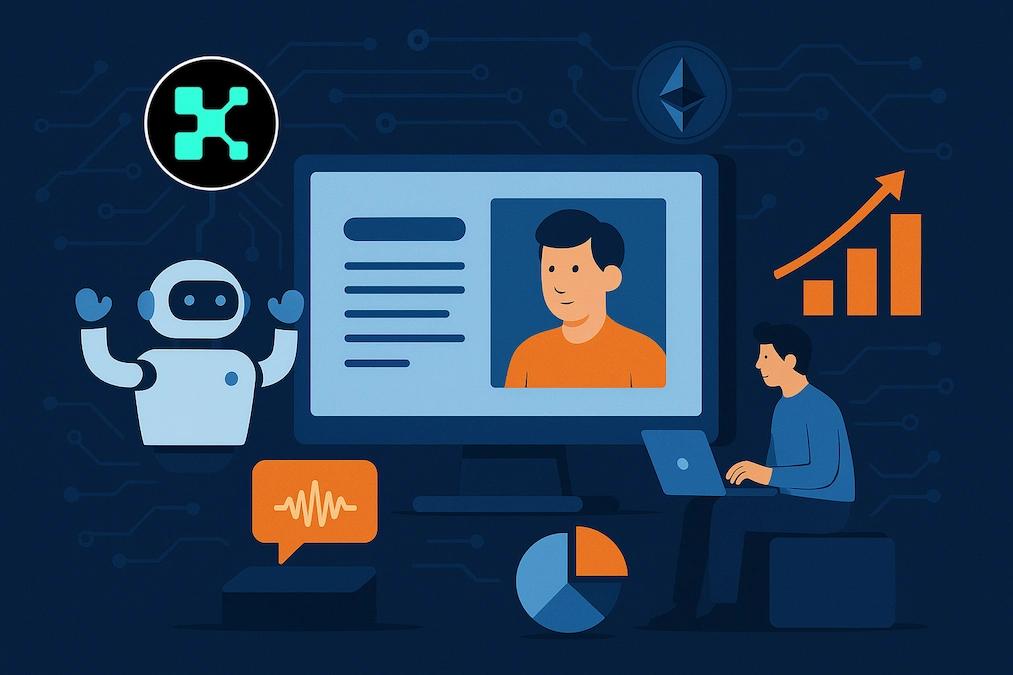
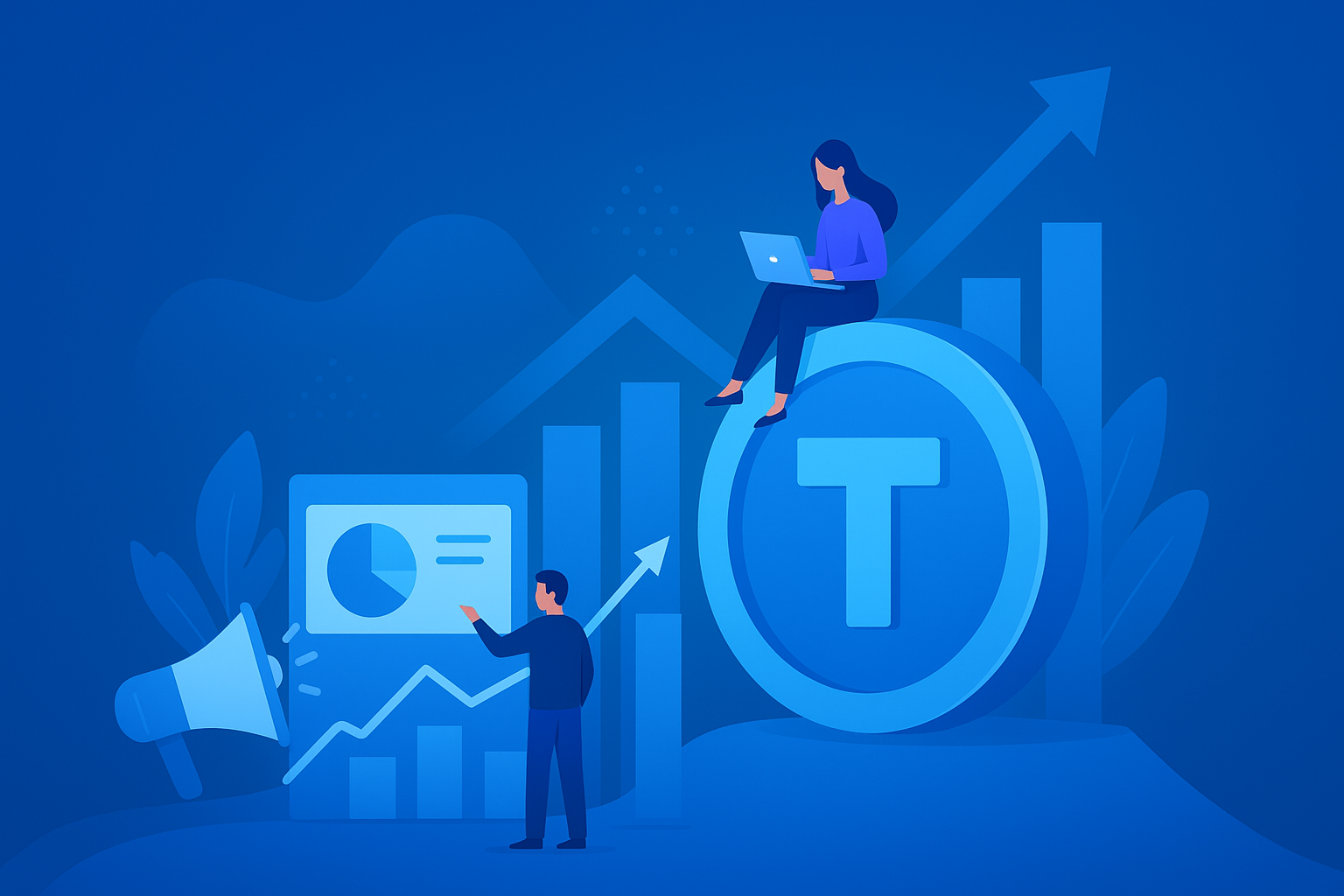











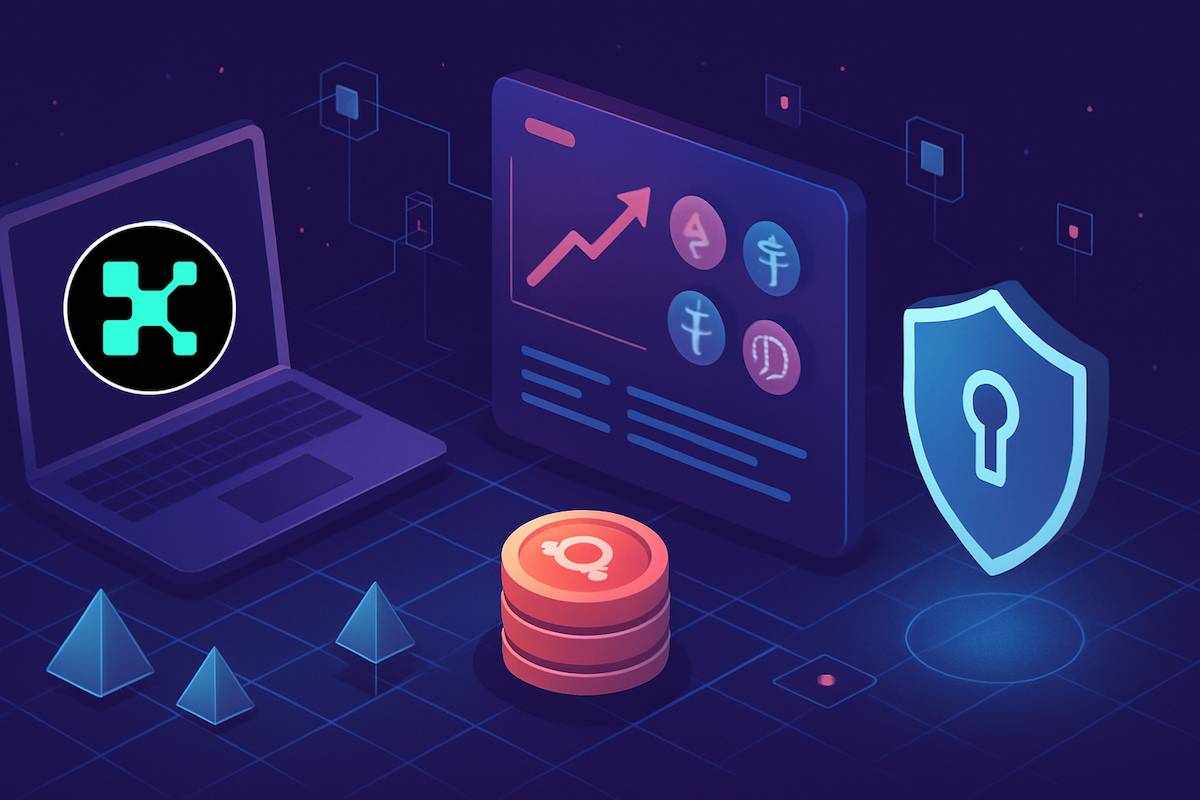
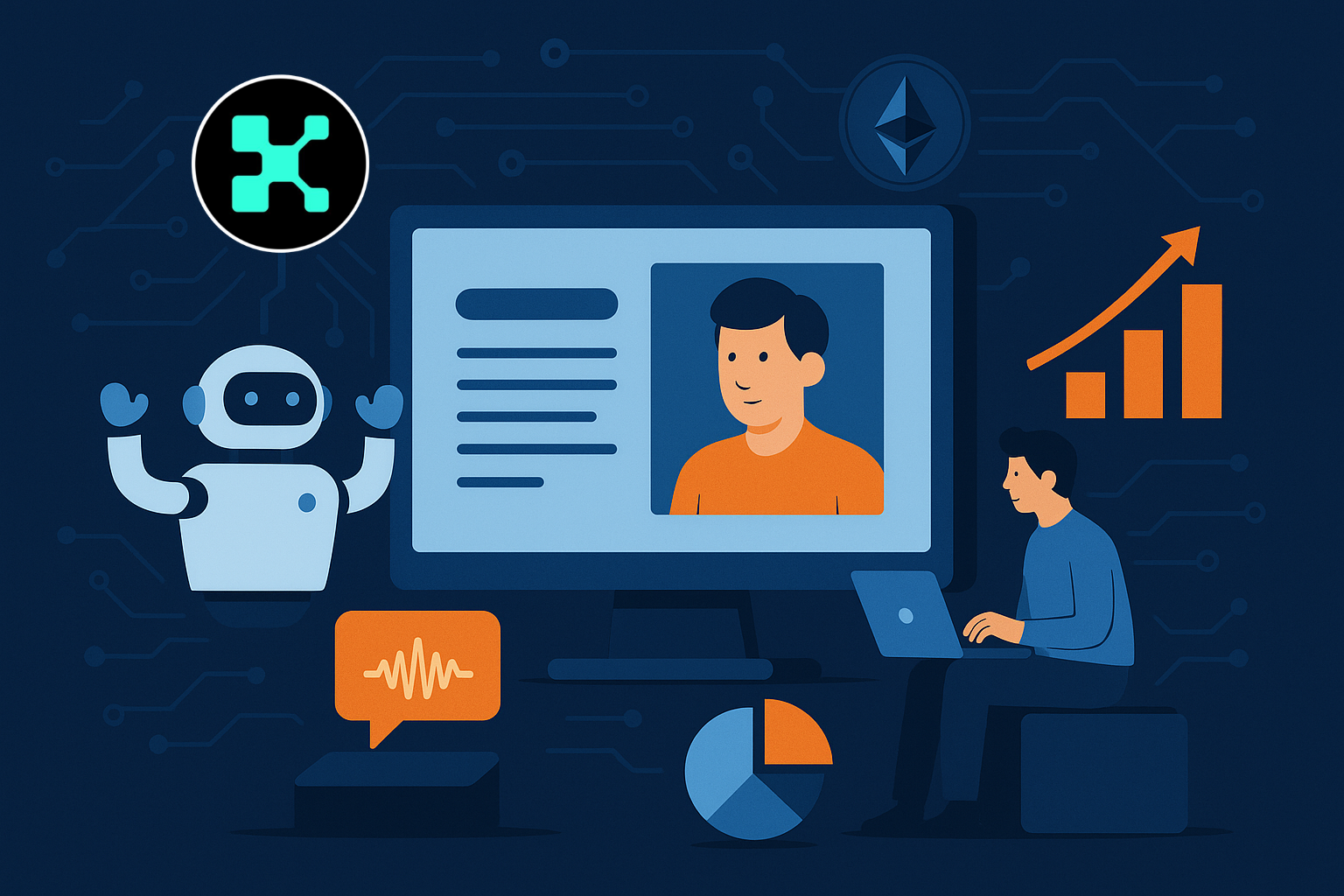

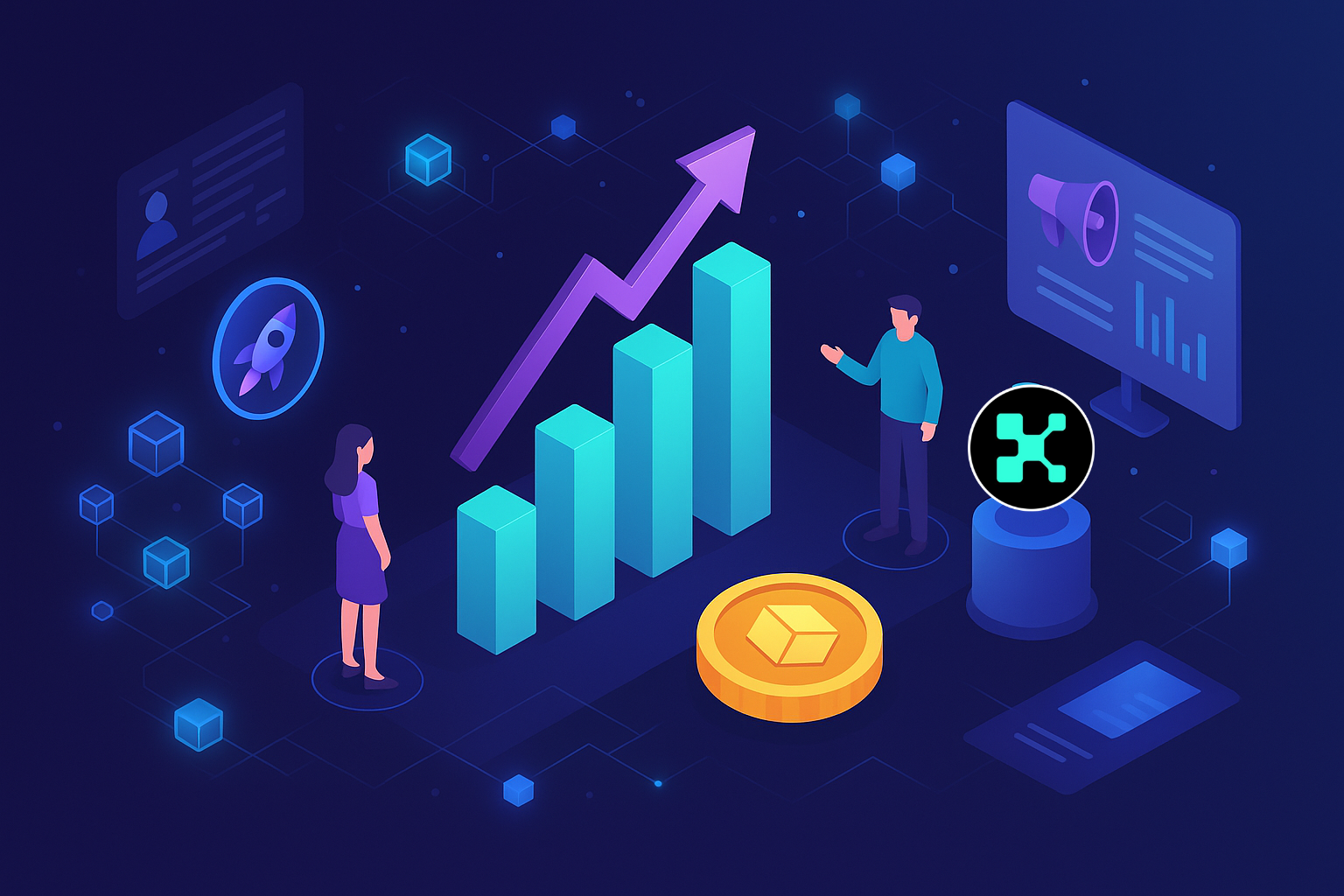
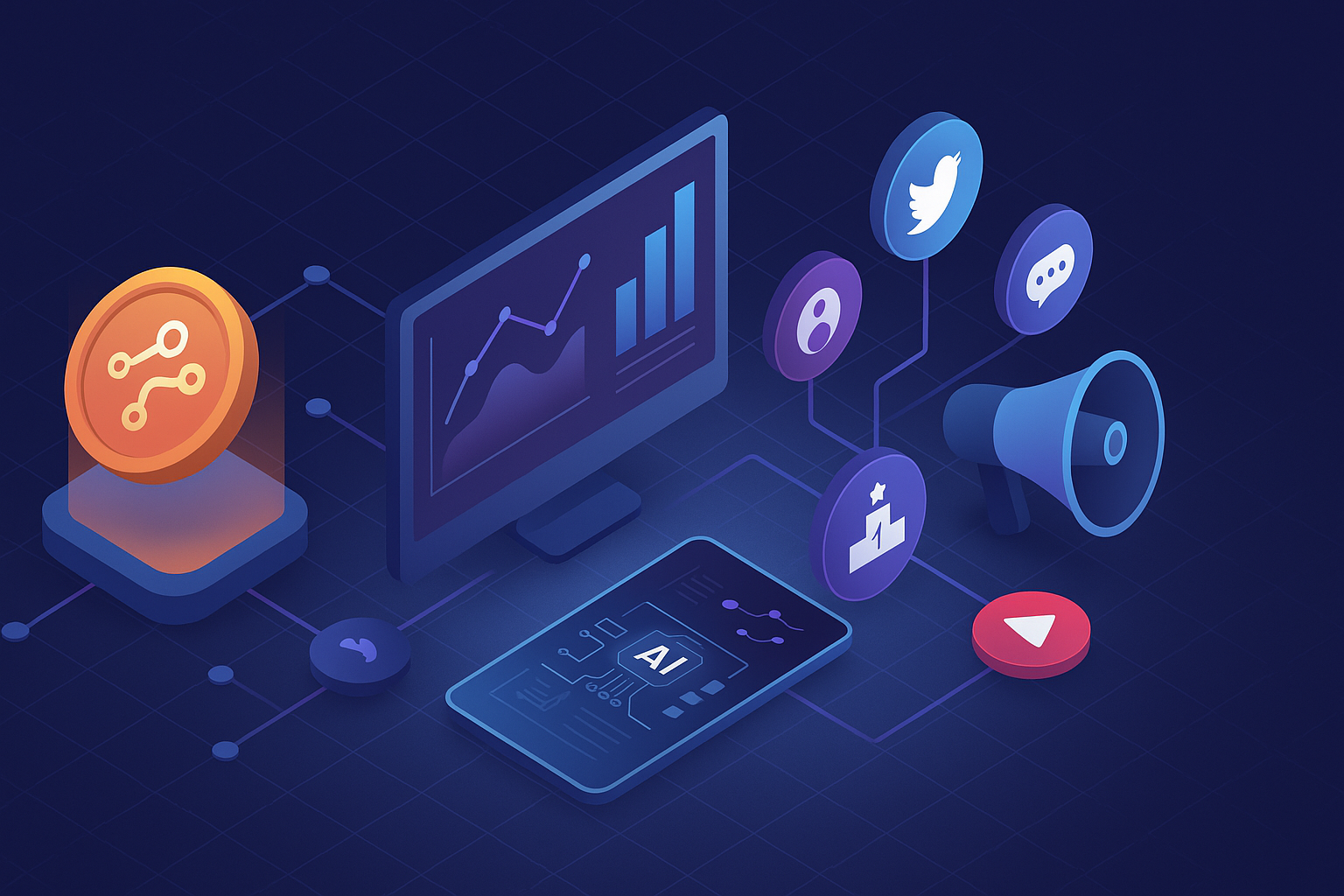
Write a comment ...